In the ever-evolving digital marketing landscape, brands are constantly seeking innovative ways to connect with their target audience and amplify their online presence.
In this age of social media dominance, one strategy that has emerged as a game-changer for businesses of all sizes is the power of micro-influencers.
These individuals, with their niche expertise and engaged follower bases, offer a unique and authentic approach to brand promotion that goes beyond traditional advertising.
In this article, we will explain how micro-influencers can become powerful allies to boost brand awareness, foster genuine connections with consumers, and ultimately drive business success in the digital age. So, let’s begin!
Table of contents :
- Leveraging the Power of Micro-Influencers for Brand Awareness
- Benefits of Collaborating with Micro-Influencers
- Identifying the Right Micro-Influencers
- Building Successful Partnerships
- Examples of Successful Micro-influencer Campaigns
- Challenges and Pitfalls
- The Future of Micro-Influencer Marketing
- Conclusion
Leveraging the Power of Micro-Influencers for Brand Awareness
Unlike macro-influencers with massive follower counts, micro-influencers typically have smaller but highly engaged follower bases. This makes them particularly attractive to brands and marketers seeking to tap into specific demographics and communities.
Their ability to create authentic content and build trust with their followers sets them apart from larger influencers, making them a valuable asset in influencer marketing.
What Makes Micro-influencers Unique
Micro-influencers stand out in the influencer marketing landscape by their modest follower counts, typically ranging from a few thousand to a few tens of thousands. This smaller audience size, however, gives them a distinct advantage.
They are often seen as more genuine, approachable, and accessible, which resonates with followers seeking authenticity in a world filled with polished and sometimes unattainable content.
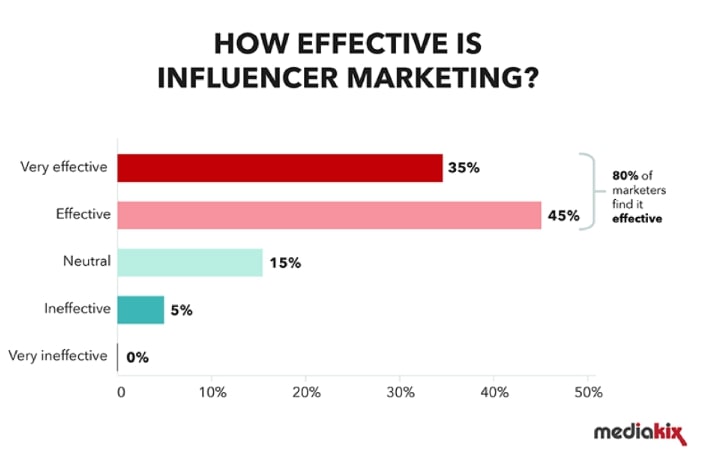
Their unique appeal lies in bridging the gap between everyday consumers and influencers, making their endorsements and recommendations more relatable.
Authenticity and Trust
Micro-influencers are often perceived as more authentic and genuine in their content creation compared to their macro counterparts. Their recommendations and endorsements are usually based on personal experiences and passions, rather than solely for financial gain.
This authenticity builds trust with their followers, as audiences believe in their sincerity and are more likely to take their recommendations to heart.
This trust forms a strong foundation for influencer-brand partnerships and contributes to their effectiveness in influencing purchasing decisions.
Niche Expertise
Micro-influencers tend to have a deeper understanding of niche markets and topics. Their smaller, more specialized audiences allow them to focus on specific areas of interest, from vegan cooking to vintage fashion, fitness for seniors to retro video games.
This niche expertise makes them valuable to brands aiming to target particular segments of the market.
The in-depth knowledge and enthusiasm these influencers possess translate into more informed and credible content, making their endorsements highly relevant and influential within their respective niches.
Engagement and Relatability
Micro-influencers are known for their remarkable engagement levels. With smaller follower counts, they can actively interact with their audience through comments, direct messages, and other forms of communication.
This high level of engagement creates a strong sense of community and connection, as followers often feel like they’re part of an exclusive club.
The relatability factor is crucial here, as micro-influencers are more likely to share everyday experiences, struggles, and successes, fostering a deeper and more meaningful connection with their followers.
This engagement and relatability make their endorsements and content highly persuasive, ultimately driving consumer actions and decisions.

Benefits of Collaborating with Micro-Influencers
Collaborating with micro-influencers offers several benefits for businesses and brands. Here are some advantages:
Cost-effectiveness
- Micro-influencers typically have smaller follower counts, making them more affordable to work with compared to macro-influencers or celebrities.
- They may be open to collaborations in exchange for products or a lower fee, making it cost-effective for brands with limited budgets.
Targeted Reach
- Micro-influencers often have niche audiences that are highly engaged and share specific interests or demographics, allowing for precise targeting.
- This targeted approach can help brands reach the right audience for their products or services, increasing the chances of conversion.
Improved Engagement and Conversion Rates
- Micro-influencers tend to have more genuine and authentic relationships with their followers, leading to higher engagement rates.
- Their recommendations and endorsements are often trusted by their followers, resulting in better conversion rates for brands.
Content Diversity
- Collaborating with a variety of micro-influencers can provide a diverse range of content, which can be valuable for marketing campaigns.
- Different perspectives and styles of content creation can keep the brand message fresh and appealing to a wider audience.
Long-Term Brand Loyalty
- Building long-term relationships with micro-influencers can lead to sustained brand loyalty.
- As these influencers continuously promote a brand’s products or services, they can establish a deeper connection with their followers, fostering long-lasting brand loyalty.
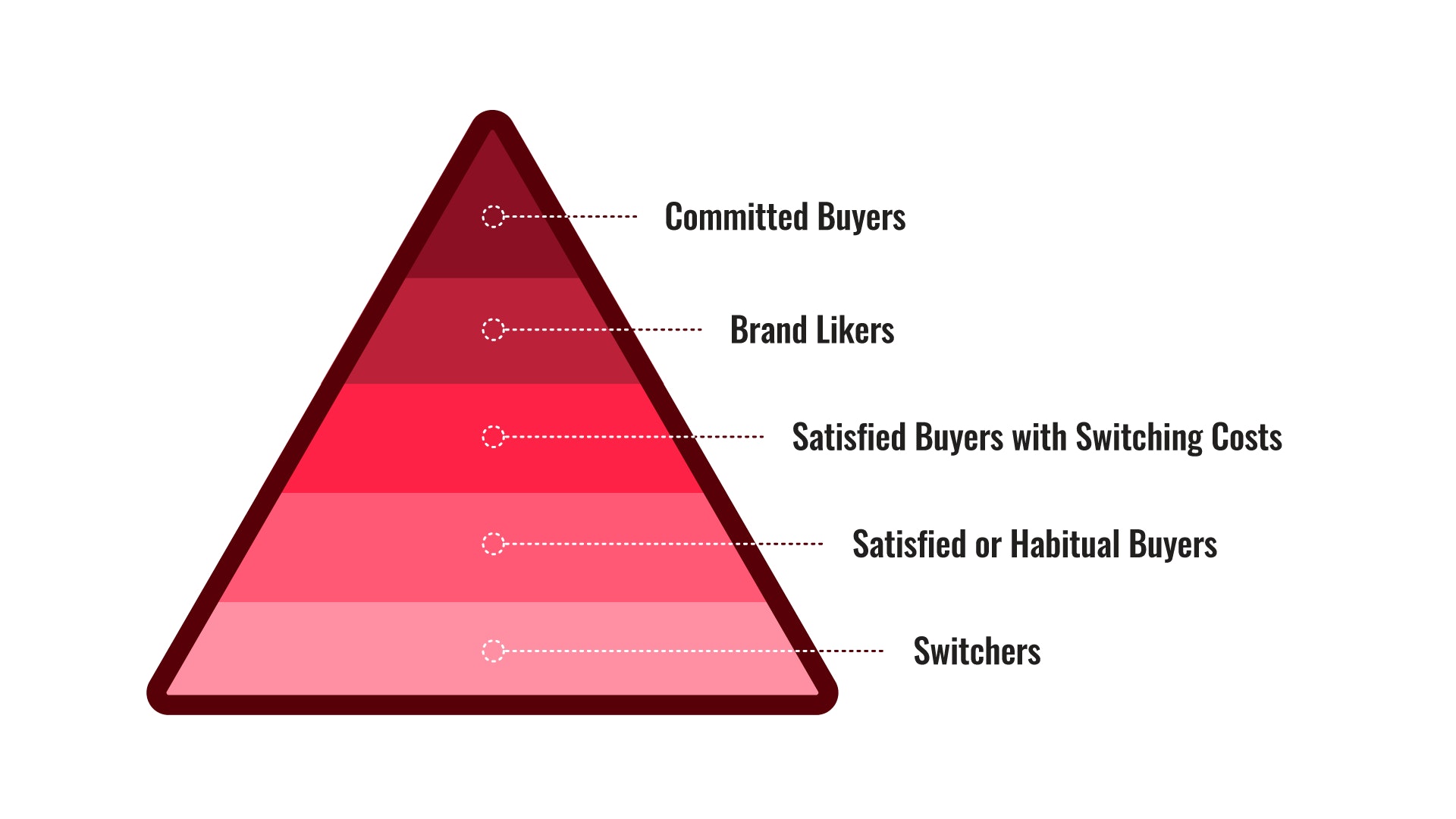
Identifying the Right Micro-Influencers
To effectively harness the power of micro-influencers for your brand or campaign, it’s crucial to start by identifying the right individuals.
Defining Your Target Audience
Without a clear definition of your ideal customers, you may struggle to find micro-influencers who can effectively reach and engage with them. Consider factors like age, gender, location, interests, and purchasing behaviors.
The more you know about your target audience, the better you can match them with influencers who have a similar following, allowing for a more meaningful and impactful connection.
Understanding the Influencer’s Niche
Micro-influencers often gain their following due to their expertise in a specific niche or topic. It’s vital to understand the niche in which an influencer operates to ensure it aligns with your brand. Evaluate the content they create, the conversations they engage in, and the kind of community they’ve built.
By partnering with micro-influencers who have a niche relevant to your product or service, you can tap into a more engaged and receptive audience who trusts the influencer’s opinions and recommendations.
Evaluating an Influencer’s Engagement and Authenticity
Are micro-influencers worth it? Look beyond follower counts and consider metrics like likes, comments, and shares on their posts. High engagement rates indicate that the influencer has a loyal and active audience.
Additionally, assess the influencer’s authenticity by reviewing their content for genuine and personal connections with their followers. Authenticity is a key driver of trust and can significantly impact the success of your collaboration with the micro-influencer.
Measuring the Influencer’s Reach
Measuring an influencer’s reach involves evaluating the size of their audience and their ability to expand your brand’s message to a broader audience.
While micro-influencers have smaller followings compared to macro-influencers or celebrities, their reach should still be substantial within their niche.
Look at their follower count, but also consider their ability to generate shares and impressions through their content. Collaborating with micro-influencers who have both a dedicated audience and a strong amplification capacity can lead to a successful influencer marketing campaign.
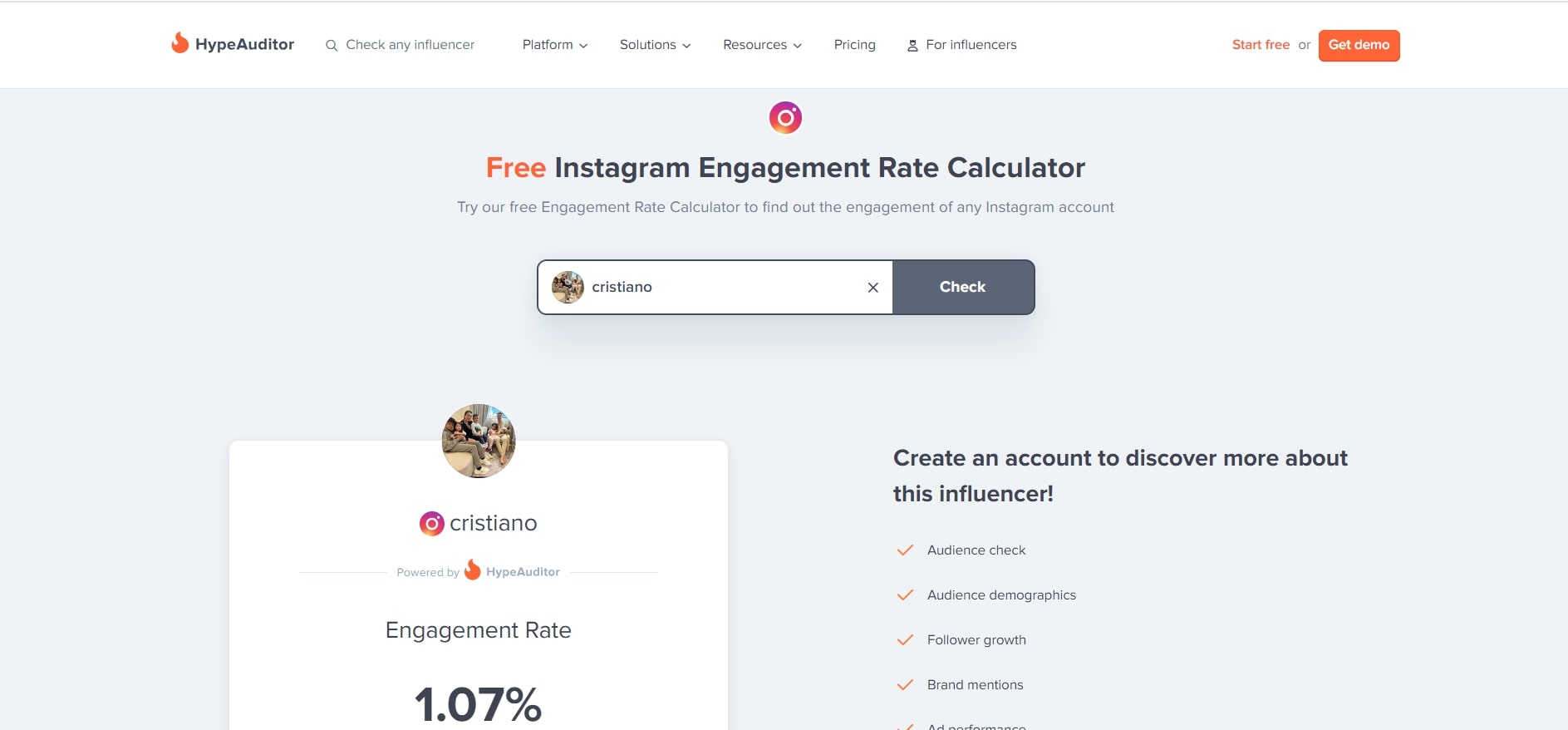
Building Successful Partnerships
Successful partnerships can lead to shared goals, increased resources, and mutual growth. Here are some key steps and considerations for building successful partnerships:
Setting Clear Objectives and Expectations
To build successful partnerships, it’s crucial to start by setting clear objectives and expectations. This involves defining the goals and outcomes both parties aim to achieve through the partnership.
By outlining specific, measurable, and time-bound objectives, you provide a roadmap for the collaboration.
It’s essential to ensure that all stakeholders have a shared understanding of what success looks like and what their roles and responsibilities are. This clarity minimizes misunderstandings and helps align efforts toward a common purpose, enhancing the overall effectiveness of the partnership.
Establishing Mutually Beneficial Terms
Negotiating terms that balance the interests and needs of each partner is essential. Whether it’s a financial arrangement, resource sharing, or access to specific markets, the terms of the partnership should reflect a fair exchange.
This not only fosters goodwill but also ensures that each partner has a stake in the partnership’s success, making it more sustainable in the long run.
Providing Creative Freedom
Creative freedom within a partnership can be a catalyst for innovation and success. Partners should trust each other’s expertise and judgment. Allowing room for creative input and flexibility enables partners to bring their unique strengths to the table and explore innovative solutions.
It’s essential to strike a balance between structure and flexibility to ensure that the partnership remains adaptable to changing circumstances and market dynamics.
Encouraging creative freedom fosters a dynamic and collaborative environment that can lead to breakthrough ideas and solutions.
Maintaining Open Communication
Open and transparent communication is the bedrock of any successful partnership. It’s important to establish channels for regular and candid communication between partners.
This includes sharing progress, addressing concerns, and discussing challenges as they arise. Effective communication fosters trust and ensures that both parties remain informed about the partnership’s status.
It also allows for quick adjustments and problem-solving, making the partnership more resilient in the face of unexpected issues. By keeping the lines of communication open, partners can work together more cohesively and proactively to achieve their shared objectives.
Measuring and Analyzing Campaign Success
Here are some steps to consider when measuring and analyzing campaign and campaign success:
Key Performance Indicators (KPIs)
- Define clear and specific KPIs that align with your campaign objectives and goals.
- Use KPIs to quantitatively assess the success of your campaign, such as sales revenue, website traffic, or lead generation.
- Regularly track and monitor KPIs throughout the campaign’s duration.
Tracking Engagement, Reach, and Conversion Rates
- Monitor engagement metrics like likes, shares, comments, and click-through rates to gauge audience interaction and interest.
- Track the reach of your campaign by analyzing the number of people exposed to your content or ads, helping you understand your campaign’s overall visibility.
- Analyze conversion rates, such as click-to-conversion rates or conversion rate optimization (CRO) metrics, to determine how effectively your campaign turns leads into customers.
Adapting and Optimizing Strategies
- Continuously collect and analyze data throughout the campaign to identify trends and insights.
- Regularly compare the campaign’s performance against your KPIs and adjust strategies accordingly.
- A/B testing can help refine elements of your campaign, such as ad copy, visuals, or landing pages, to improve conversion rates.
- Make data-driven decisions to optimize your budget allocation and target audience based on performance insights.
- Use analytics tools and software to automate data collection and reporting, making it easier to adapt and optimize in real time.
Examples of Successful Micro-influencer Campaigns
Daniel Wellington’s
The watch brand Daniel Wellington is known for its successful use of micro-influencers. They encouraged micro-influencers to post photos of themselves wearing their watches with their hashtag.
This campaign generated a huge amount of user-generated content, and the brand reposted the best images on its official account. It helped the brand gain a significant following and boost sales.
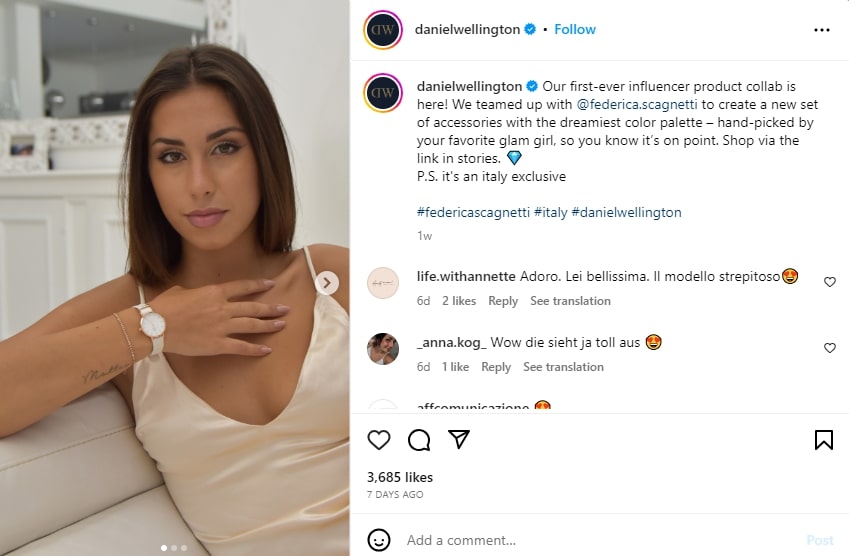
Hello Fresh Meal Kit Campaign
Hello Fresh, a meal kit delivery service, partnered with micro-influencers to showcase their meal kits in action. Micro-influencers created recipe videos and posts, sharing their cooking experiences with Hello Fresh products.
The relatable nature of these influencers helped create trust with their audiences, leading to increased subscription sales for Hello Fresh.
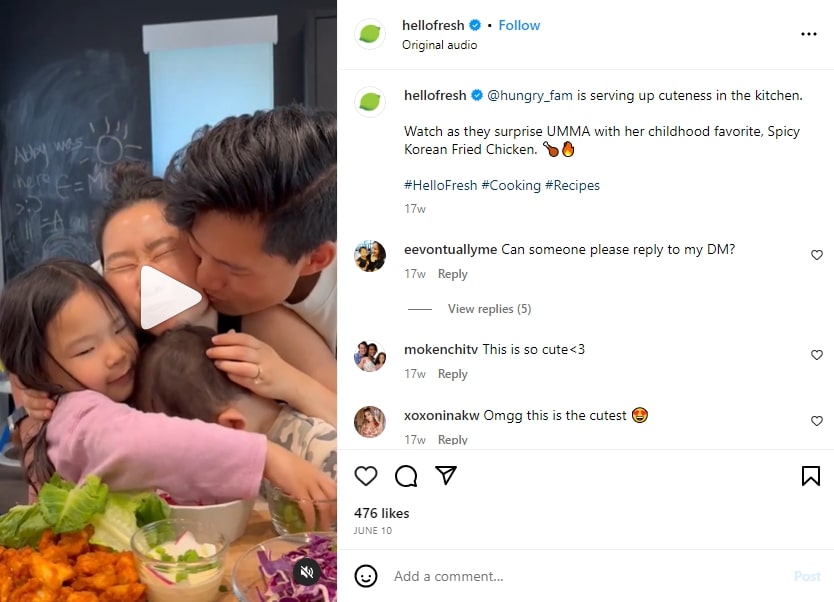
Fashion Nova’s Curvy Influencer Campaign
Fashion Nova, a fashion brand known for its inclusive sizing, collaborated with micro-influencers from the curvy and plus-size community. These influencers showcased Fashion Nova’s clothing line, emphasizing the brand’s commitment to body positivity and inclusivity.
This campaign resonated with a broader audience and drove significant sales.
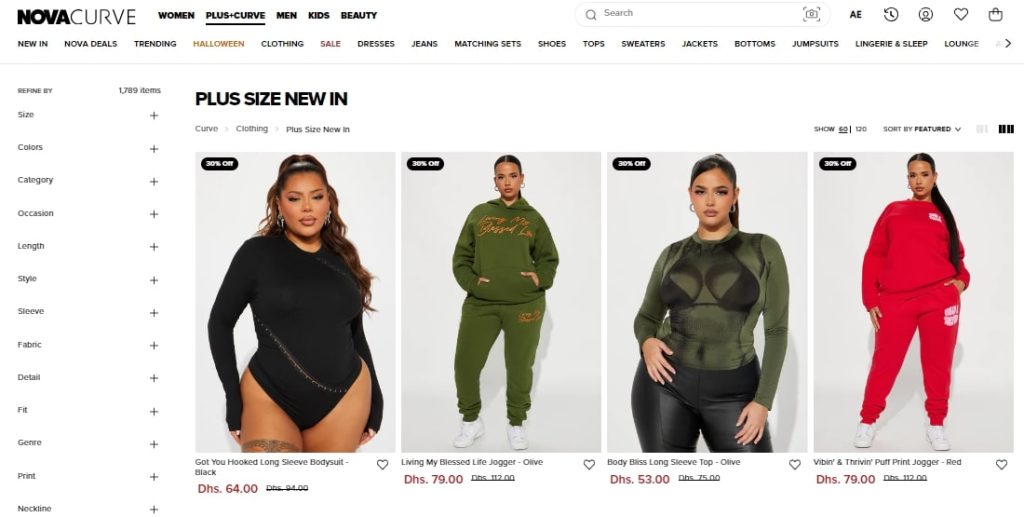
Sephora’s Beauty Insider Community
Sephora’s Beauty Insider Community is an example of a micro-influencer campaign that’s more community-based. Sephora encourages its customers to share product reviews, makeup tutorials, and skincare tips on their platform.
In return, participants earn loyalty points and build a sense of belonging, contributing to the success of the brand.
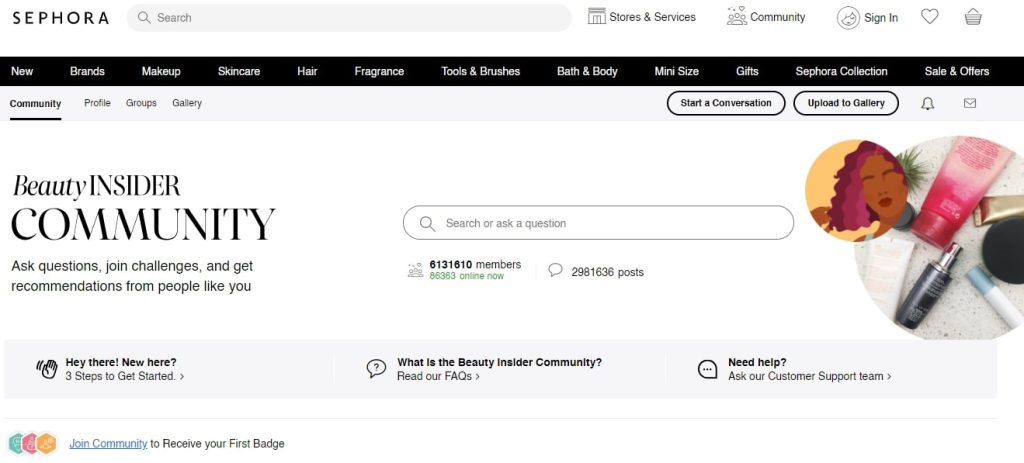
Challenges and Pitfalls
Here are some challenges and pitfalls that individuals and organizations may encounter in various aspects of life, business, and technology:
Dealing with Inauthentic Influencers
- Fake Followers and Engagement: Many influencers may artificially inflate their follower counts and engagement metrics, making it challenging to identify genuine influencers.
- Lack of Authenticity: Inauthentic influencers may need to align with your brand’s values, potentially leading to a mismatch in messaging and authenticity.
- Reputation Risk: Partnering with inauthentic influencers can harm your brand’s reputation, as audiences may see through the lack of genuineness.
Managing Influencer Relationships
- Communication Issues: Ensuring clear communication and alignment of expectations between the brand and influencers can be challenging.
- Content Quality Control: Balancing creative freedom for influencers with maintaining brand consistency is a constant challenge.
- Compensation Negotiation: Agreeing on fair compensation for influencer services can be difficult, as it often depends on various factors like reach, engagement, and content complexity.
Regulatory and legal considerations
- Disclosure Compliance: Adhering to disclosure regulations, such as FTC guidelines in the United States, is crucial to avoid legal issues related to sponsored content.
- Data Privacy: Protecting the privacy of both influencers and their followers is essential, especially in regions with strict data protection laws.
- Contractual Disputes: Ensuring clear, comprehensive contracts that outline roles, responsibilities, and deliverables is vital to prevent legal disputes.
The Future of Micro-Influencer Marketing
Evolving Trends and Technologies
As these platforms develop new features and algorithms, micro-influencers will need to adapt and find innovative ways to engage their audiences.
Additionally, emerging technologies like augmented reality (AR) and virtual reality (VR) may offer new opportunities for micro-influencers to create immersive and interactive content.
Keeping up with these trends and leveraging them to connect with their followers will be crucial for the future success of micro-influencer marketing.
Integration with Other Marketing Strategies
Brands are likely to incorporate micro-influencers into their content marketing, social media advertising, and email marketing efforts.
This integration can enhance the overall effectiveness of marketing campaigns by leveraging the trust and authenticity that micro-influencers bring to the table.
Collaboration between micro-influencers and other digital marketing channels will be essential to reach a wider and more engaged audience.
The Continued Importance of Authenticity
Audiences are becoming more discerning and can quickly detect when an influencer’s endorsement is insincere or driven purely by financial gain. Micro-influencers are valued for their genuine connection with their followers, and this trust should not be compromised.
Brands that prioritize authenticity and allow influencers the creative freedom to express their genuine opinions and experiences are likely to see better results in their campaigns.
Utilizing efficient communication tools like a virtual phone number can also foster authenticity by enabling direct and transparent communication between brands and micro-influencers.
This emphasis on authentic interactions will continue to set micro-influencer marketing apart from more traditional, top-tier influencer marketing approaches. The authenticity of micro-influencer marketing will continue to set it apart from more traditional, top-tier influencer marketing approaches.
Conclusion
As we move further into the digital age, it’s clear that micro-influencers are a force to be reckoned with, providing a refreshing alternative to traditional advertising and proving that when it comes to brand awareness, sometimes, less is indeed more.
Therefore, recognizing and tapping into the potential of micro-influencers is a strategic move that can reap substantial rewards for any brand seeking to boost its visibility and strengthen its online presence.






